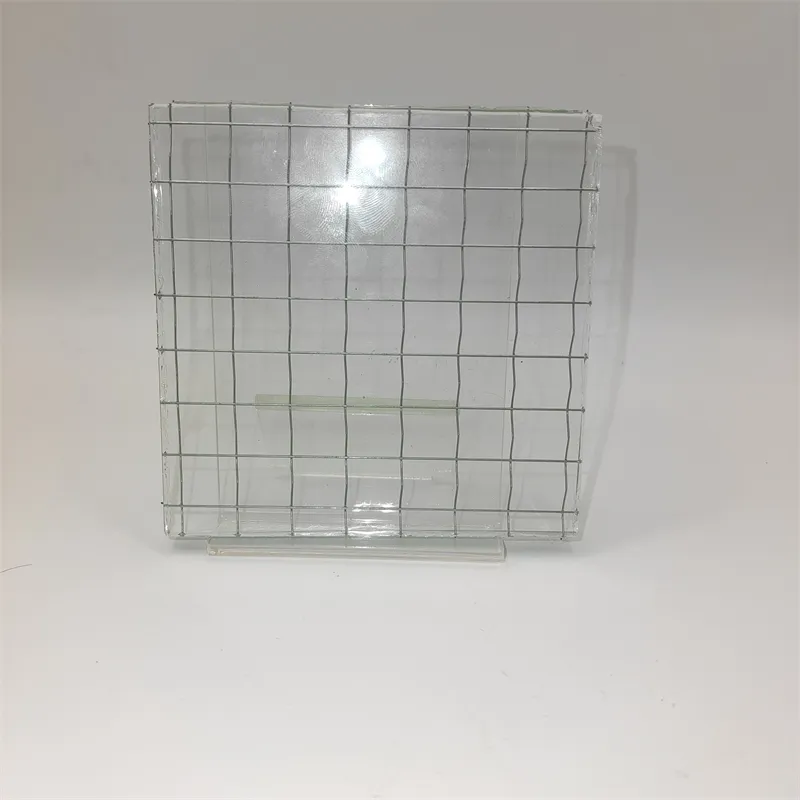Nov . 01, 2024 08:37 Back to list
Understanding the Benefits and Applications of Tempered Laminated Glass in Modern Construction
Tempered Laminated Glass A Strong and Safe Choice
Tempered laminated glass is becoming an increasingly preferred material in modern architecture and design due to its remarkable strength, safety features, and aesthetic appeal. This specialized type of glass combines two critical processes tempering and lamination. The resulting product is not only robust and secure but also versatile enough to meet various application needs.
Tempering is a heat treatment process that involves heating glass to high temperatures and then rapidly cooling it. This procedure increases the glass's strength significantly, making it much less susceptible to breakage compared to standard glass. When broken, tempered glass shatters into small, blunt pieces instead of sharp shards, greatly reducing the risk of injury. This feature makes tempered glass a popular choice for public buildings, facades, and doors.
Lamination, on the other hand, involves bonding two or more layers of glass together with an interlayer, typically made from polyvinyl butyral (PVB) or ethylene-vinyl acetate (EVA). This interlayer not only holds the layers together if the glass breaks but also enhances sound insulation and UV protection. The laminated structure provides additional safety, as even if the outer layer breaks, the inner layer remains intact, preventing potential injuries from falling shards.
tempered laminated glass

One of the most significant advantages of tempered laminated glass is its ability to provide enhanced security. It is commonly used in applications requiring increased protection against forced entry, such as in commercial buildings, storefronts, and residential windows. The combination of strength and safety makes it a dependable choice for those prioritizing security without sacrificing aesthetic value.
In addition to its safety features, tempered laminated glass is also aesthetically pleasing
. It can be manufactured in various colors, thicknesses, and finishes, allowing architects and designers to create visually striking structures that do not compromise on durability. Whether used in large glass facades, skylights, or decorative partitions, this glass enhances the overall look of a space while ensuring structural integrity.Furthermore, tempered laminated glass offers excellent thermal insulation and energy efficiency. By minimizing heat transfer, it helps regulate indoor temperatures, ultimately contributing to reduced energy costs. Green building designs increasingly favor this material due to its sustainable qualities and long-lasting durability.
In conclusion, tempered laminated glass is a remarkable solution for those looking to combine safety, strength, and beauty in their projects. As technology advances and the demand for higher safety standards increases, this type of glass will continue to play a vital role in contemporary architecture and design, making it a top choice for both commercial and residential applications.
-
Safety and Style with Premium Laminated Glass Solutions
NewsJun.24,2025
-
Reinvents Security with Premium Wired Glass
NewsJun.24,2025
-
Premium Float Glass Line for Modern Architecture
NewsJun.24,2025
-
Low Emissivity Glass for Energy-Efficient Architecture
NewsJun.24,2025
-
High-Performance Insulated Glass Solutions for Modern Architecture
NewsJun.24,2025
-
Elevates Interior Style with Premium Silver Mirror
NewsJun.24,2025
Related PRODUCTS














